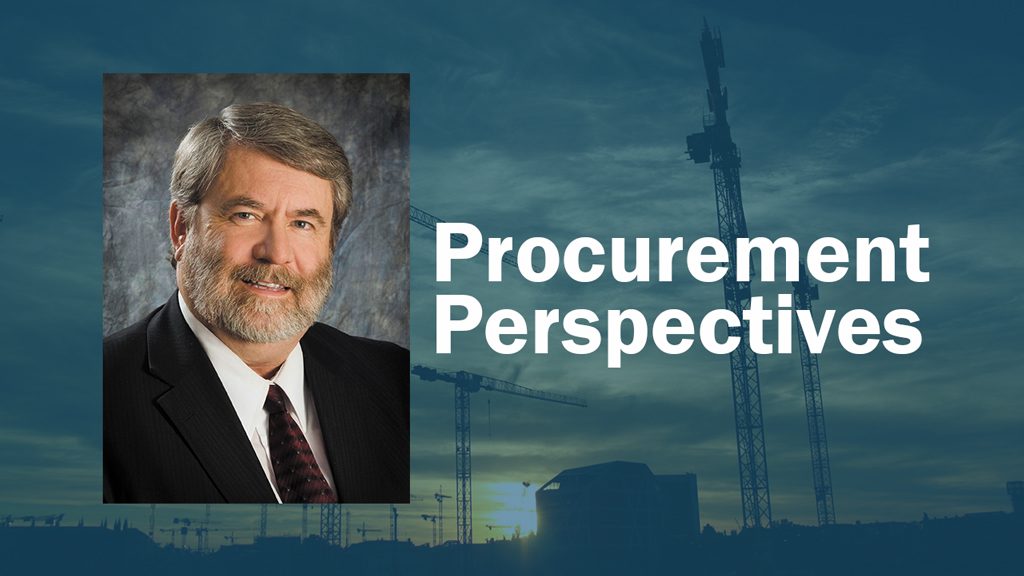Managing risk on major construction projects can be a delicate balance of several factors.
The RFPs need to incorporate enough areas of risk to protect the owner and not make the documents so one sided that no one wants to bid on the project.
The more risk you transfer to the contractor, the more you will pay for the construction project. Over the years, I have always suggested to my clients that all risk should be divided in two sections. If you are a municipality, for example, you should take on the risks that make sense and are best suited for the city to address.
Construction risks should be handled by the contractors.
In my opinion it is important for an owner to know what presents a risk and know how to avoid it. In Haiti, there is a colourful expression that eggs have no business dancing with stones. In other words, people and business owners should actively avoid risk whenever possible.
Working with so many different organizations as a consultant over the years, I found many owners devote so much time towards planning and preparing for things to go well that they fail to take adequate precautions against things going badly.
The introduction of proper methods of risk is one of the most important tools available to any organization. It is one that should be regularly employed.
The risk of fraud provides a particular context in which it can be used. However, fraud protection should only be part of an overall scheme of risk management.
The importance of overall risk management has only recently come to be recognized in smaller organizations. The term risk management describes a formal management process that helps ensure the financial stability and safe operation of any organization.
It entails a planned and systematic process to monitor and control any risk exposure that arises inherently to the conduct of a particular business or the management of the affairs of an organization.
It is (or ought to be) at least one of the most critical areas of concern of senior management within every organization.
It involves answering three interrelated questions: What are the most significant risks that the organization faces (with respect to each aspect of its operation, as well as on a global basis)? How are they likely to arise or occur? What can be done about them either to minimize their potential impact or otherwise to make proper provision for them?
In dealing with these questions, risk managers must address personal, financial and legal issues in a wide range of areas.
In my opinion, risk can be defined as any factor, event or influence that threatens the successful completion and operation of a project in terms of cost, time or quality.
Risk may be classified in a number of different ways, but the following provide a good range of the types of risk that should be taken into account when costing a transaction:
Project risk: incorporates both the risk that the project will be more costly to develop than originally planned (e.g. due to construction delays, unanticipated problems or costing errors) and that the project will have less utility than was anticipated.
Revenue risk: Essentially the risk that the revenues generated from the completed project will be less than anticipated.
Operating risk: The risk that the project will not operate as planned with consequent cost overruns.
Technical risk: Such risk arises from the nature and location of the project and the service levels and technology required.
Regulatory risk: This is the risk that changes in regulation that may result in additional costs or reduced benefits to the user or may prevent use of the project for its original planned purpose.
Public service risk: The risk that the nature or extent of the public services provided under the project will not be in accord with the public expectation.
Political risk: The risk the legal underpinning of a transaction may be undermined by reason of a change in government.
This is a just small sample of risk factors to be aware of on any major procurement or construction project.
Stephen Bauld is a government procurement expert and can be reached at swbauld@purchasingci.com. Some of his columns may contain excerpts from The Municipal Procurement Handbook published by Butterworths.






Recent Comments
comments for this post are closed